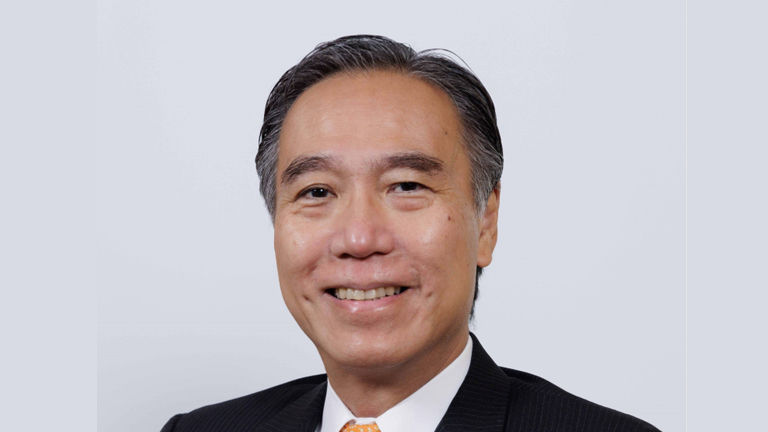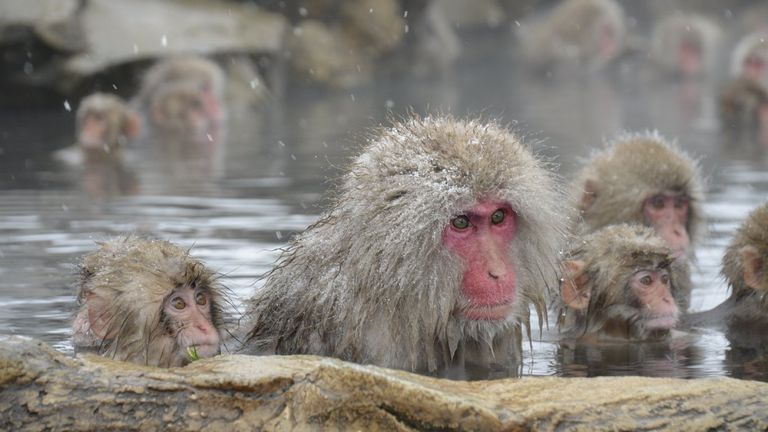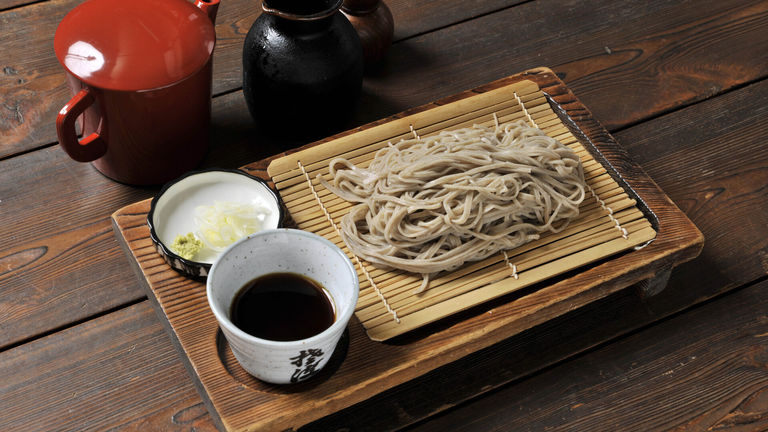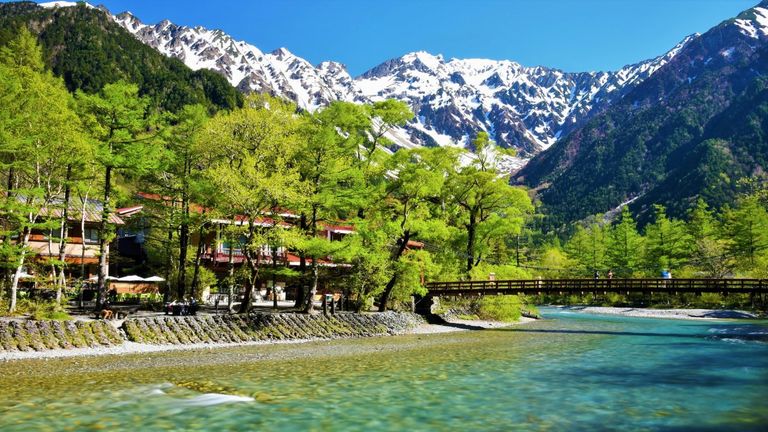Lively Portugal for LGBTQ+ Travel
November 27, 2024Sur La Table Launches Immersive Culinary Tours
November 27, 2024
Nagano, Japan – a mountain resort destination not only known as the site of the 1998 Winter Olympics – but also one which offers seemingly endless opportunities to enjoy year-round nature activities, as well as to go back in time along routes rich with untouched architecture.
TravelAge West sat down with Shuichi Abe, Governor, Nagano Prefecture, to explore these possibilities:

TRAVELAGE WEST: Where in Japan is Nagano, and what makes it stand out as a prefecture?
SHUICHI ABE: Nagano is in central Japan, heading a little north into our mountains. It takes just about one hour to reach Nagano from Tokyo by bullet train, so it is easily accessible for visitors during a trip to Japan. Sometimes people visit Nagano as a weekend getaway to relax and enjoy the beautiful landscapes there. Visitors will notice when they step off the train that the air is also pure and clean – a stark difference from the big city.
Nagano is home to the Japanese Alps, which consist of three mountain ranges across the prefecture. In fact, 15 of the 23 mountains in Japan that are 9,800 feet or so high are found in Nagano – a major mountain resort destination. Hence, its nickname: “the Roof of Japan.”
TAW: What do you think is the most appealing aspect of Nagano?
SA: It’s very difficult to narrow it down to just one, but I would say Nagano’s greatest appeal is its rich nature and history.
As I mentioned, Nagano is particularly well known for its mountains, but we also have pristine rivers and revitalizing hot springs. Jigokudani Yaen-koen — also known as “Snow Monkey Park”— is a perfect example. It’s the only place in the world where wild monkeys bathe in hot springs. Of course, bathing in hot springs here isn’t just for monkeys, as there are so many hot springs visitors can enjoy in the area. Many people just take a quick dip during a day trip without having to stay at a ryokan, which is a Japanese inn that typically features rooms with tatami mats as well as communal baths and other public areas where guests can interact with the owner and each other. We have more than 700 facilities that offer the hot springs experience to day-trippers. But we have many ryokans, too.

What’s more, Nagano has historically been known for having one of the most vital travel routes in Japanese history. Japan used to have a number of roads connecting Tokyo and Kyoto, with different terrain along each one. The mountain route, called the Nakasendo, stretches 332 miles, with 69 “post towns” along its route where merchants would stop and rest on their journeys. Twenty-six of these “post towns” are in Nagano prefecture, with their old, preserved architecture intact. Travelers who visit these areas will feel as if they’ve stepped back in time.
TAW: How about outdoor and adventure experiences in Nagano?
SA: Nagano is a perfect place to enjoy nature and outdoor activities, given that it’s at the base of the Japanese Alps. This is especially true in the winter. We’re treated to fluffy, powdery snow that draws sports enthusiasts from all around the world, so visitors can enjoy skiing and snowboarding in our many world-class ski resorts. In particular, Hakuba, Shiga kogen, and Nozawa Onsen are the most well-known ski resort areas, as they hosted winter Olympics in 1998.

Still, we have plenty to do in every season, including outdoor activities such as hiking, trekking, kayaking, mountain biking, camping and so on. Hikers of all levels can enjoy climbing and trekking our abundant, diverse set of mountains. One of the most stunning hiking routes is the Panorama Ginza Route, where tourists can enjoy four days navigating a trail with spectacular views of the Japanese Alps. The peaks reach more than 10,000 feet — high enough that hikers can even get a view of Mount Fuji. This kind of scenery is exclusive to Nagano, Japan – a mountain resort destination and an outdoor enthusiast’s paradise.
TAW: How is Nagano’s local cuisine?
SA: Nagano is famous for soba noodles. Visitors may have tried these before, but thanks to the crisp, clear water and air from the Japanese Alps, in Nagano they’ll get much higher-quality soba than the standard. Soba are long, thin and smooth noodles and are made primarily from buckwheat flour and water. The cool climate and well-drained soil in Nagano provide the perfect conditions for making delicious soba. Also, because of the wide range of temperatures, Nagano’s growers are able to offer a wide variety of delicious fruits such as apples, grapes, cherries and more. Visitors can pick their own fruit to enjoy the freshest possible produce, and also to try some of the local wines made from the harvests.

And speaking of Japanese food, there’s delicious miso soup. Miso is a type of soybean-based paste, and it is a crucial ingredient in Japanese cuisine. Water also plays important role in making miso, and the crystal-clear waters in Nagano are perfect for fermenting it. Nagano Prefecture is known to produce almost 50 percent of the miso consumed in Japan. This flavorful, nutritious fermented food is a key ingredient for a healthy diet, so it should come as no surprise that Nagano locals have a notably high life expectancy compared to the rest of the country.
TAW: How do you expect Nagano might appeal to the U.S. market?
SA: We expect visitors from the U.S. to be drawn to Nagano more as a mountain resort destination.
In the past six months, more than 40,000 people from the United States visited Nagano, which is an uptick from previous years. However, we think we can provide more opportunities to attract even greater numbers of U.S. tourists. For this reason, we’re visiting New York City, Portland, and Los Angeles. In each city, we’ll hold a reception where guests can learn more about Nagano, with a focus on nature and food. One-third of U.S. tourists who visit Japan are from California, so this area is one of the most important target regions on which we’ll focus.
TAW: As its governor, how do you want to promote Nagano Prefecture from tourism perspective?
SA: We’re focused on more B2B projects, and we have a U.S. representative office to promote Nagano. Although we are a government organization, we’re trying to promote Nagano’s products in tandem with suppliers at destination seminars for travel advisors. The goal here is not just to promote awareness of Nagano as a destination, but also to achieve an increase in visitor numbers as a result of that heightened awareness.

In terms of tour products (export-ready itineraries), we have created several tours, including a trekking tour with five days in the Northern Japanese Alps, a hiking tour of the Nakasendo route, a snowshoeing tour in northern Nagano area and so on. We’re going to promote these to start and will try to create more tour products with suppliers to better appeal to the U.S. market. We’re also looking to partner with Avanti Destinations to help advertise and push Nagano as a travel destination.
This article originally appeared in Travel Age West, with content furnished by Go Nagano.
